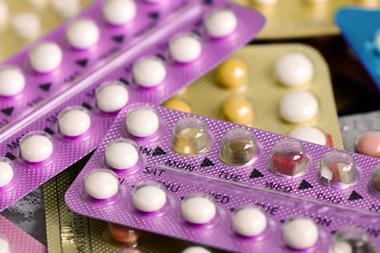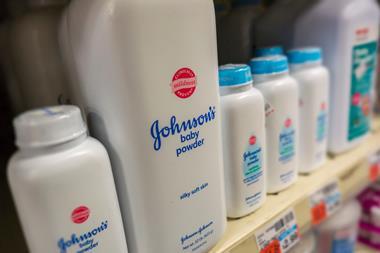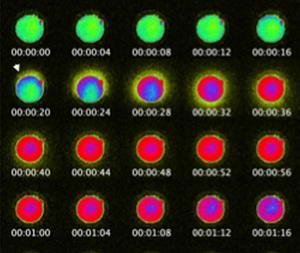Exposure to heavy metals is linked to lower egg count in women approaching menopause, according to new research led by a team at the University of Michigan (UM), US. The study examined how exposure to metals – including arsenic, cadmium, mercury and lead – relates to concentrations of the ovarian reserve marker anti-Müllerian hormone (AMH) in middle-aged women.
The researchers studied 549 women who participated in the US National Institutes of Health’s continuous nationwide study of women’s health. They analysed data from AMH blood tests – which indicate roughly how many eggs are left in a woman’s ovaries – from up to 10 years before the women’s final menstrual periods, and found that those with higher concentrations of heavy metals in their urine were more likely to have lower AMH levels.
‘Little is known about whether low-level exposure to heavy metals in the general population can influence ovarian reserve in women approaching menopause,’ states study author Sung Kyun Park, an epidemiology and environmental health professor at UM in Ann Arbor. ‘This is the first study to show that widespread heavy metals, especially cadmium, arsenic, and mercury, are linked with lower levels of AMH and quicker declines in AMH in middle-aged women.’
The researchers acknowledge that the precise mechanisms by which heavy metals act as potential ovarian toxicants have yet to be elucidated, but Park notes that heavy metals can affect hormone homeostasis leading to endocrine imbalance. Heavy metals also promote reactive oxygen species generation resulting in ovarian cell apoptosis, decreased follicular growth and follicle atresia, he adds.
Although experts in the field note that previous research has already shown the effect of different heavy metals on hormones in males and females, they say the UM study adds new insight by tracking AMH levels over time.
‘This tells us more about the decline in ovarian reserve than can be gleaned by using a single measure of AMH,’ explains Kristen Upson an epidemiologist and from Michigan State University who was not involved in the project.
Park’s team notes that exposure to heavy metals can occur through drinking water, air pollution and food contamination. Renald Blundell, a biochemistry professor at the University of Malta, who was also not involved in the work, says transdermal absorption of heavy metals through products like shampoos and cosmetics could also be a source of metal exposure that disproportionally affects women. It is important to test not only the urine of study subjects for heavy metals, but also their hair and nails, he adds.
Blundell also suggests that further analysis of the study participants’ demographic and geographic data could help to identify other potential contributors to their AMH levels.
References
N Ding, et al, J. Clin. Endocrinol. Metab, 2024, DOI: 10.1210/clinem/dgad756

















No comments yet